所有資料皆算是一個物件,例如:整數、浮點數、字串等,我們可以為所建立的物件設計一些方法「函數」
基本格式:物件.方法()
1.字串的方法


2.更改字串大小寫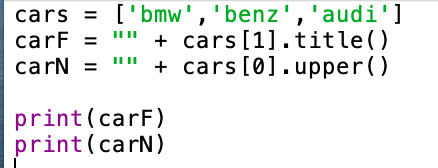

3.dir()獲得系統內建物件的方法
【實例1】
列出字串物件,處理方式可以先設定一個字串變數,再列出此字串變數的方法
【實例2】
列出物件string
【實例1】
列出內建串列內字串元素,利用dir()了解有哪些串列方法可以使用
【實例2】
列出內建串列內整數元素的方法。與上述內容相同
1.在串列末端增加元素:append()
【實例】
用name_list[3] = value 為串列增加元素,但發生索引值超過串列長度的錯誤
→ 需用name_list.append('新增元素')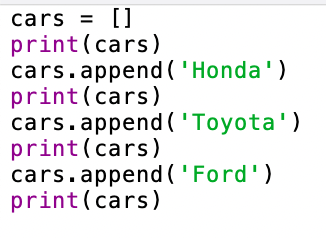

2.任意位置插入串列元素:insret()
使用格式:insert(索引,元素內容) #索引是插入位置,元素內容是插入內容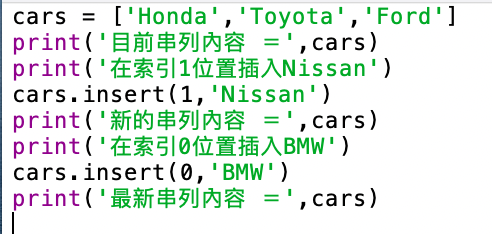

3.刪除串列元素:pop()
使用格式:value = name_list.pop() #沒有索引:刪除串列末端元素
value = name_list.pop(i) #索引:刪除指定串列元素
→ 刪除後會彈出刪除後的值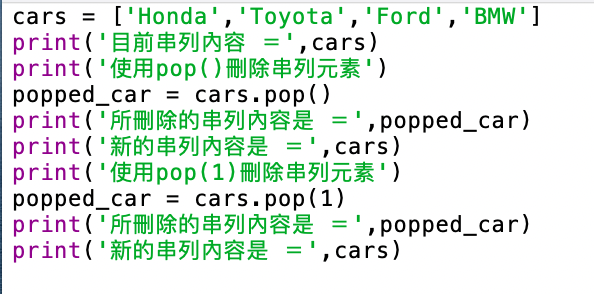

4.刪除指定元素remove()
使用方法:name_list.remove(想刪除的元素內容)
*若有相同的元素,則只刪除第一個出現的元素,如想刪除所有則需用迴圈
1.顛倒排序:reverse() #顛倒排序name_list串列元素
使用方式:name_list.reverse()
*也可用[::-1]顛倒排序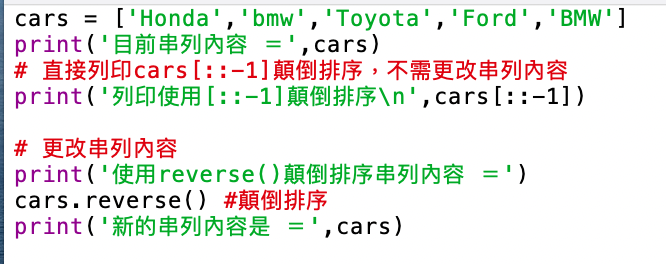

2.sort()排序
使用格式:name_list.sort() #由小排到大
*如排序英文,建議改為全大寫或小寫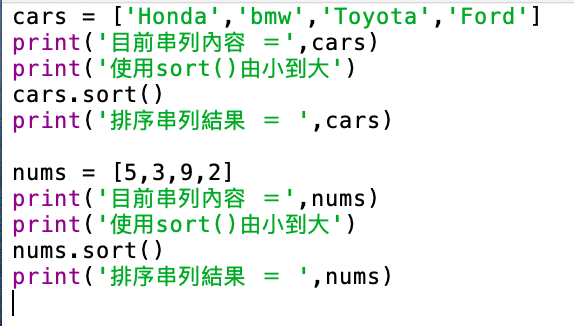

→ 若想由「大到小」,只需在sort()新增"reverse=Ture"即可
3.sorted()排序
使用格式:new_list = sorted(name_list) #用串列儲存排序,原串列序列不改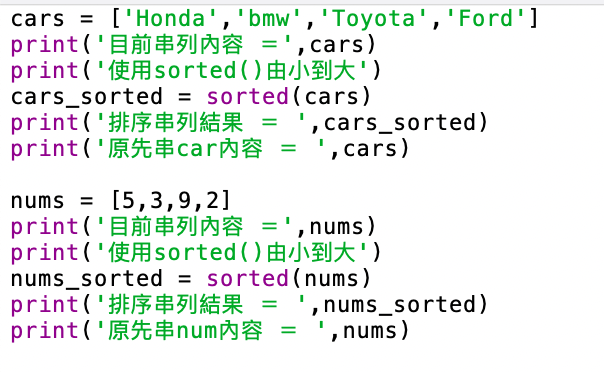


 iThome鐵人賽
iThome鐵人賽
 看影片追技術
看更多
看影片追技術
看更多